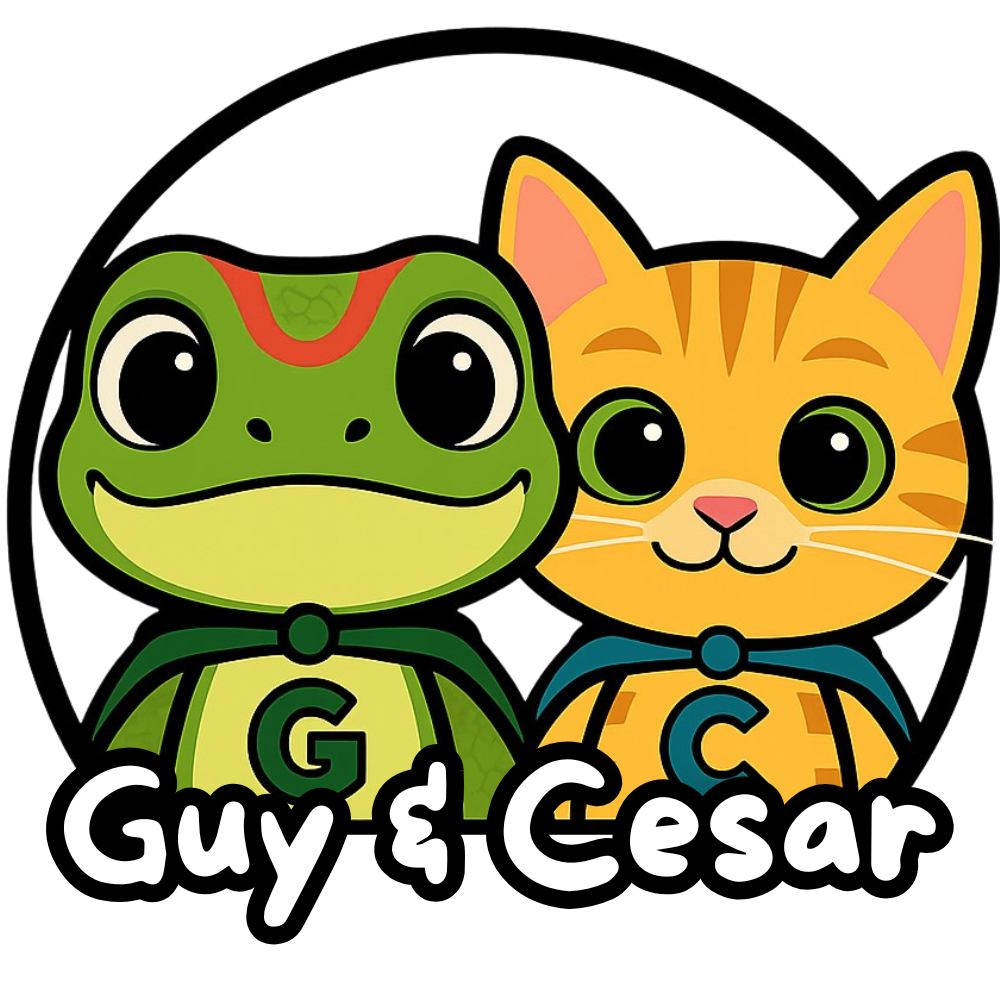Enhancing Learning with Hands-On Activities
When it comes to learning, hands-on activities can make a world of difference. They transform abstract concepts into tangible experiences. You know how kids are—always curious and eager to explore. By integrating hands-on activities into their learning process, you can tap into that natural curiosity. This approach doesn’t just keep them engaged; it helps them understand and remember lessons better. Let’s dive into why hands-on learning is so effective and how you can incorporate it into your child’s daily routine.
Why Hands-On Learning Works

Hands-on learning is incredibly effective because it engages multiple senses at once. When kids use their hands, eyes, and sometimes even ears to explore a concept, it sticks with them. You might remember a time from your own childhood when you learned something by doing it. That same principle applies to kids today. They need to touch, build, and experiment to truly grasp new ideas. This method helps them develop fine motor skills, problem-solving abilities, and a deeper understanding of the material.
Imagine your child learning about plant life cycles by planting seeds and watching them grow. Each step, from planting to watering to observing changes, reinforces the lesson. They see firsthand how plants grow, which makes the concept much clearer than just reading about it in a book. Plus, the sense of accomplishment they get from seeing their plant thrive is priceless. It boosts their confidence and motivates them to keep learning.
Easy Hands-On Activities to Try at Home
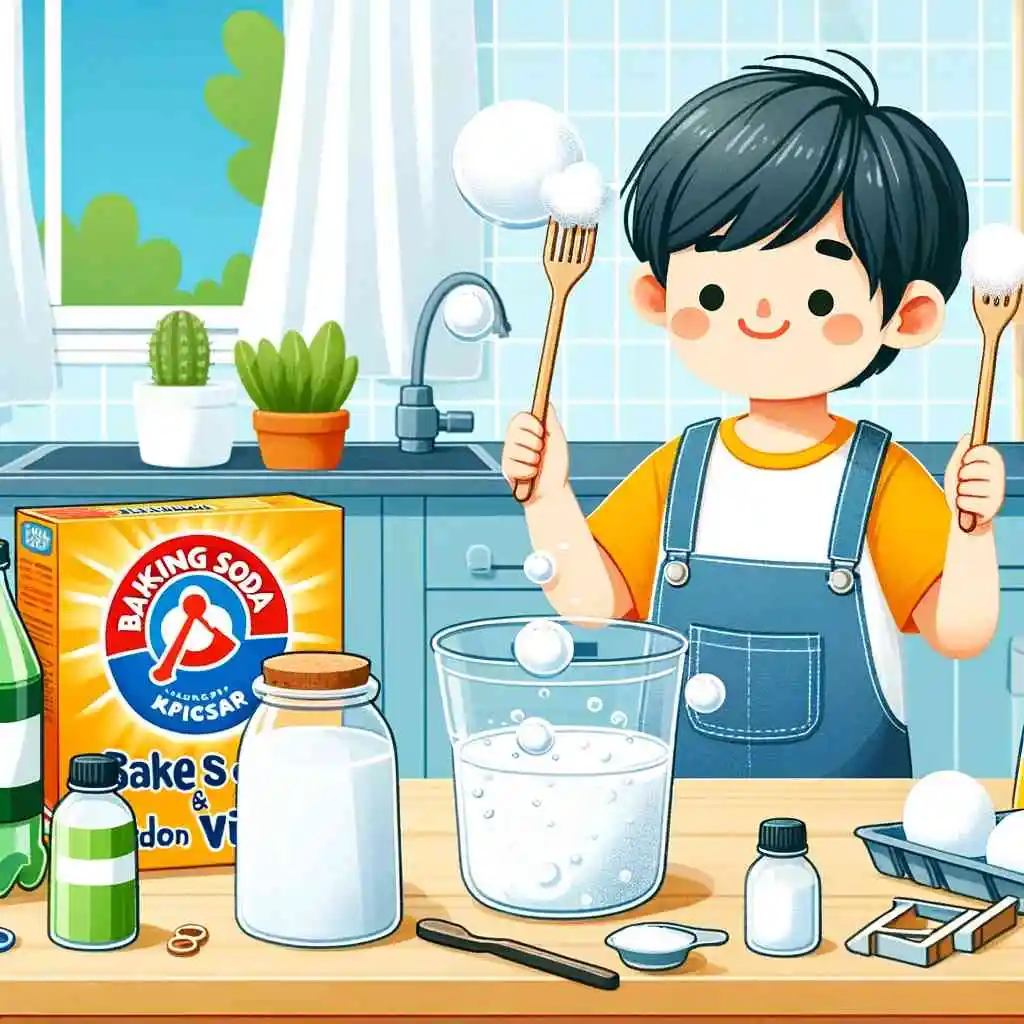
You don’t need fancy materials to create engaging hands-on activities. Often, everyday items can turn into exciting learning tools. For instance, you can use kitchen ingredients to teach basic math concepts. Have your child measure flour, count scoops of sugar, or weigh different ingredients. These simple tasks incorporate math into a fun and practical activity. Plus, you’ll end up with a tasty treat at the end!
Another great idea is to set up a mini science lab at home. You can start with easy experiments like mixing baking soda and vinegar to create a bubbly reaction. This not only entertains but also explains basic chemical reactions. Kids can observe, ask questions, and make predictions—just like real scientists. Encouraging them to keep a lab journal can also improve their writing and observational skills.
Crafting is another excellent hands-on activity. Whether it’s making a birdhouse, creating art from recycled materials, or building a model car, crafting helps kids learn and express their creativity. It teaches them to follow instructions, think critically, and develop patience. Plus, it’s a wonderful way for you to bond with your child and create lasting memories.
Incorporating Hands-On Activities into Daily Routines
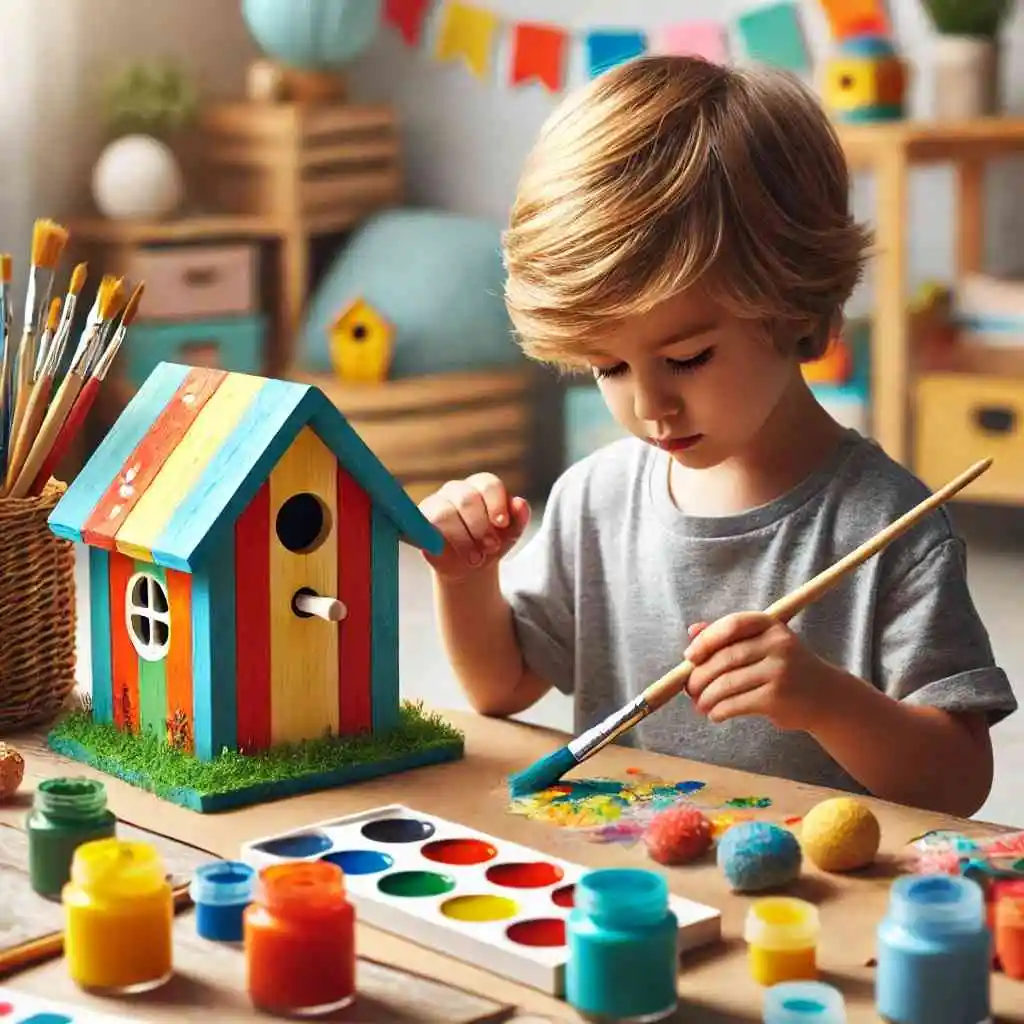
Integrating hands-on learning into daily routines can be seamless and fun. For instance, cooking together offers a plethora of learning opportunities. Measuring ingredients teaches math, while following a recipe enhances reading and comprehension skills. Discussing where different foods come from can also introduce geography and biology concepts. Cooking becomes a multi-faceted learning experience without feeling like a chore.
Gardening is another daily activity that can teach kids valuable lessons. Whether you have a big backyard or just a few pots on a balcony, planting and caring for plants involves science, responsibility, and patience. Kids can learn about different plant species, their needs, and the environment. Watching a plant grow from a seedling to a full-grown plant provides a sense of accomplishment and a hands-on understanding of nature’s cycles.
Even simple household chores can be turned into educational activities. Sorting laundry by colors and types can teach categorization and organization. Cleaning and organizing a room can involve planning and spatial awareness. These tasks might seem mundane, but they offer practical lessons that kids will use throughout their lives. Plus, they learn the importance of contributing to household responsibilities.
The Role of Parents in Hands-On Learning
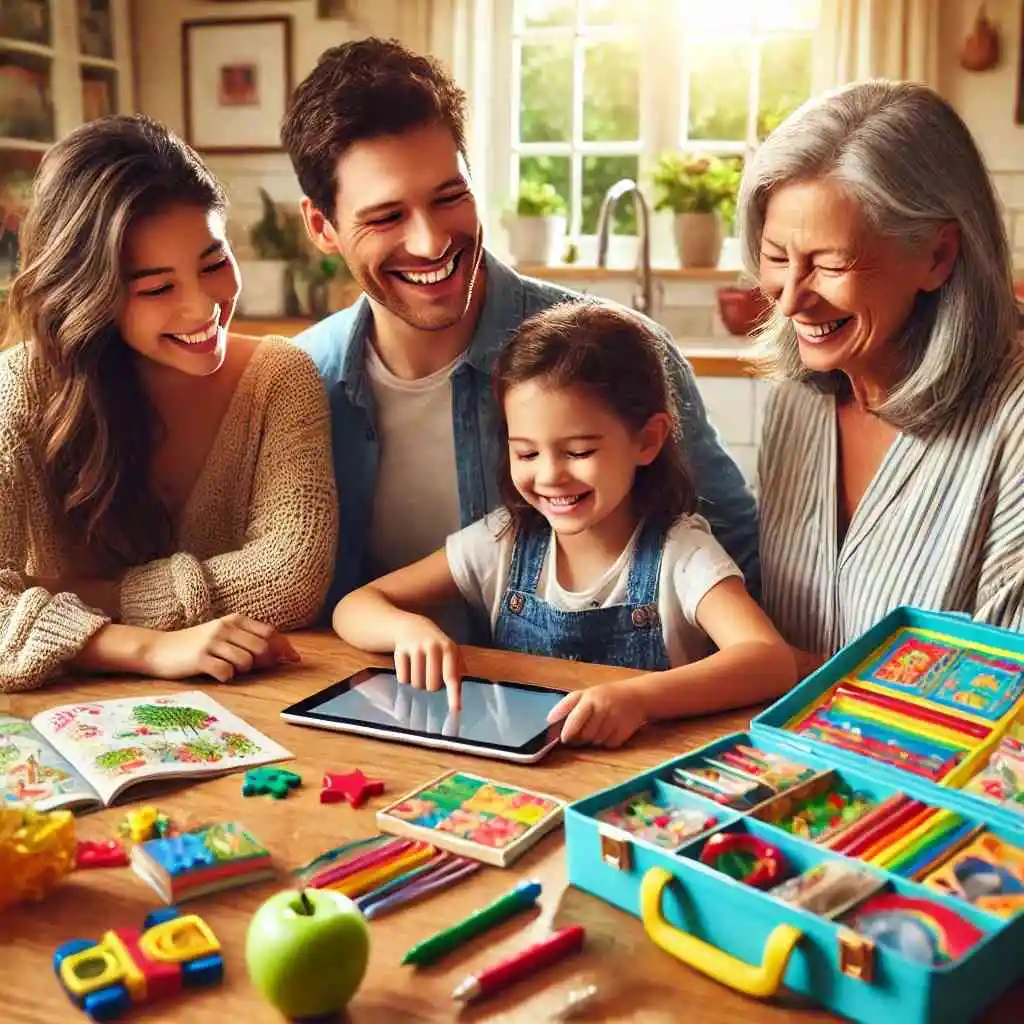
As a parent, you play a crucial role in facilitating hands-on learning. Your enthusiasm and involvement can make all the difference. When you participate in these activities, you show your child that learning is fun and valuable. Your encouragement helps build their confidence and fosters a love of learning.
Start by setting aside dedicated time for hands-on activities. It doesn’t have to be long; even 30 minutes a day can make a significant impact. Choose activities that interest your child and gradually introduce new ones to expand their horizons. Be patient and allow them to explore at their own pace. Remember, the goal is to make learning enjoyable, not to rush through it.
Celebrate their successes, no matter how small. Whether they’ve completed a craft project, successfully followed a recipe, or grown a plant, acknowledge their efforts and achievements. Positive reinforcement encourages them to keep trying and learning. Share their accomplishments with family and friends to boost their confidence further.
Making Learning Fun and Engaging
Ultimately, hands-on activities are about making learning fun and engaging. They break away from traditional, passive learning methods and invite kids to become active participants in their education. By incorporating these activities into your child’s routine, you’re helping them develop a love for learning that will last a lifetime.
So, grab some everyday items, get creative, and start exploring the wonderful world of hands-on learning with your child. You’ll be amazed at how much fun and educational it can be for both of you!
Tips for Engaging Kids with Toolkits
Engaging kids with educational toolkits can be a delightful adventure for both parents and children. Toolkits are fantastic resources packed with activities and lessons that make learning fun. Whether you’re introducing new concepts or reinforcing what they already know, these tips will help you make the most of your toolkits.
Create a Routine

One of the best ways to keep kids engaged with their toolkits is by incorporating them into a daily routine. You can set aside a specific time each day dedicated to exploring the toolkit. Morning or evening, find a time that works best for your family and stick to it. Consistency helps children anticipate the activity, making them more excited to participate.
Start with shorter sessions to build a habit. Gradually increase the time as your child becomes more comfortable and enthusiastic. You could even turn it into a special ritual, like toolkit time after breakfast or before bedtime stories. When kids know what to expect, they look forward to the activity, and it becomes a cherished part of their day.
Make It a Collaborative Effort
Kids love feeling involved and valued. Instead of presenting the toolkit as something they have to do alone, make it a collaborative effort. Sit down with them and explore the activities together. Ask open-ended questions about what they’re learning and encourage them to share their thoughts.
For instance, if the toolkit includes a safety scenario, act it out together. Let your child take the lead in some situations. This not only makes the activity more engaging but also builds their confidence. You can also take turns being the “teacher” and the “student,” which adds a fun twist to the learning process.
Use Rewards and Incentives
Positive reinforcement can be a powerful motivator for kids. Consider using a reward system to keep them excited about their toolkit activities. Rewards don’t have to be elaborate or expensive; simple incentives can work wonders. Stickers, extra playtime, or a favorite treat can be great motivators.
Create a chart where you can track their progress. Each time they complete an activity or learn something new, add a sticker or a mark to the chart. Celebrate their achievements, no matter how small. This not only makes the learning process more enjoyable but also helps them see their own progress, boosting their sense of accomplishment.
Incorporate Play and Creativity
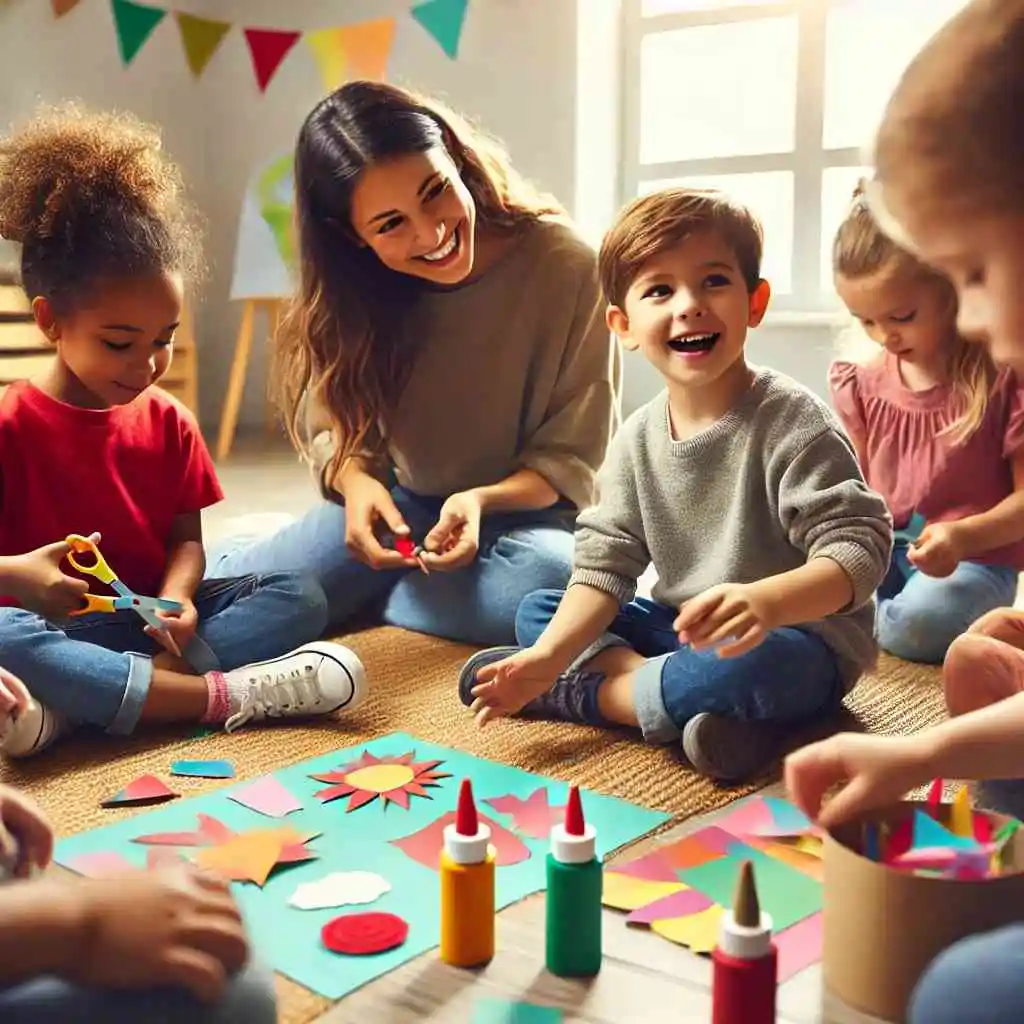
Toolkits are designed to be educational, but that doesn’t mean they can’t be fun. Incorporate play and creativity into the activities to keep your child engaged. If the toolkit includes stories, turn them into mini-dramas with costumes and props. If there are puzzles or challenges, turn it into a game with friendly competition.
Encourage your child to think outside the box and use their imagination. For example, if the toolkit has a section on safety, let them create their own safety superhero with special powers. This not only reinforces the lessons but also makes the experience memorable and enjoyable.
Connect Lessons to Real Life
To make the toolkit activities more relevant, try to connect the lessons to real-life situations. If the toolkit covers topics like emergency preparedness, take your child on a tour of the house to identify safe spots and exits. If it’s about healthy habits, involve them in planning and preparing a nutritious meal.
When children see how the lessons apply to their everyday lives, they’re more likely to stay engaged and retain the information. It also provides an excellent opportunity for hands-on learning, which can be more effective than just reading or listening.
Encourage Independence

While collaboration is important, it’s also crucial to encourage independence. Allow your child to explore the toolkit on their own, giving them the freedom to choose activities that interest them. Provide guidance and support, but let them take the lead.
This autonomy fosters a sense of responsibility and ownership over their learning. It also helps them develop problem-solving skills and boosts their confidence. Be there to assist when needed, but also give them space to discover and learn independently.
Mix Things Up
Variety is the spice of life, and the same goes for learning. Mix things up to keep the toolkit activities fresh and exciting. Alternate between different types of activities, such as reading, hands-on projects, and interactive games. This prevents boredom and keeps your child interested.
For example, if the toolkit has a section on safety rules, one day you could read a story about it, and the next day, you could do a related craft or role-play a scenario. Changing up the activities keeps the experience dynamic and enjoyable.
Celebrate Success
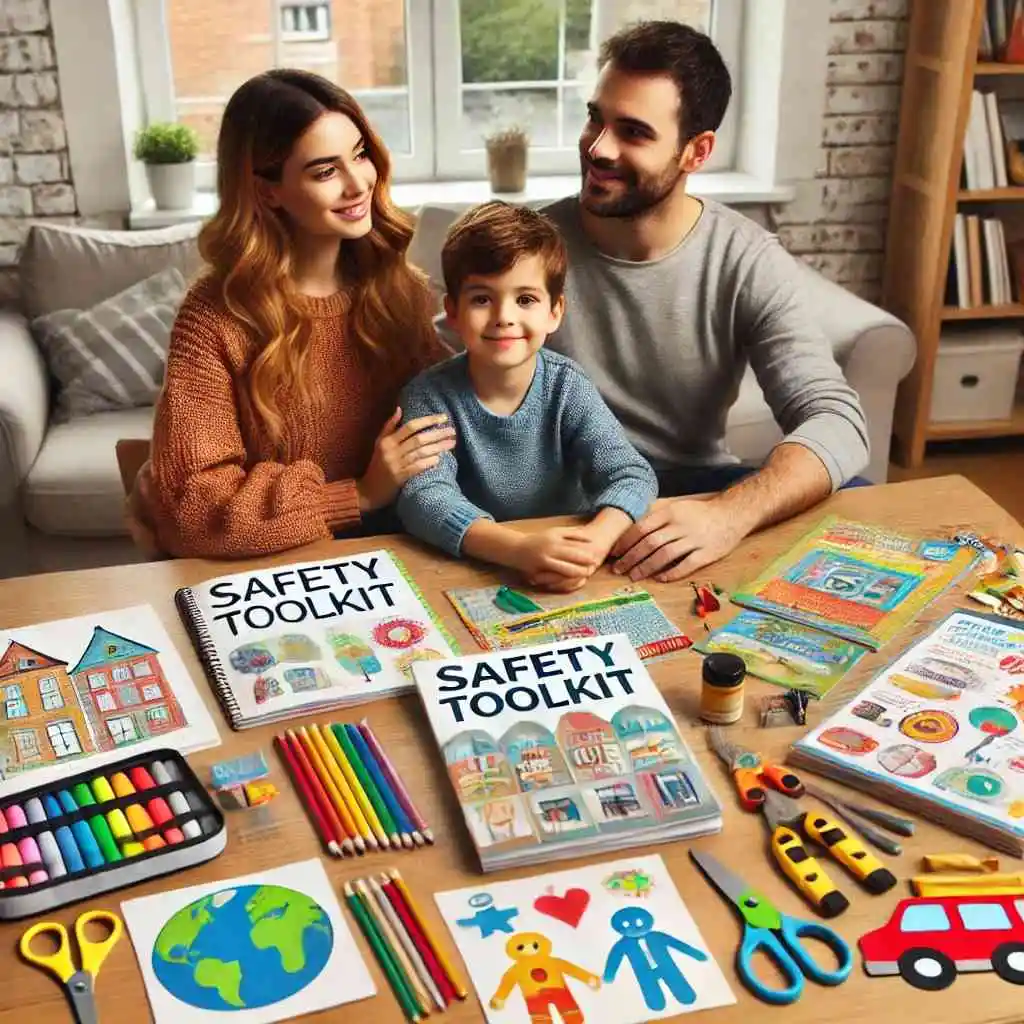
Finally, always celebrate success. Recognize and applaud your child’s efforts and achievements, no matter how small. Celebrating success builds a positive association with learning and encourages them to continue engaging with the toolkit.
You can have a small celebration at the end of each week or after completing a significant activity. It could be as simple as a family movie night or a special treat. These celebrations create lasting memories and reinforce the joy of learning.
By following these tips, you can make the most of your educational toolkits and create a fun, engaging, and enriching experience for your child. Remember, the goal is not just to teach but to inspire a love for learning that will last a lifetime.
Creating a Toolkit Routine: Your Guide to Fun and Safety
When it comes to educating children, consistency is key. Establishing a routine with interactive toolkits can transform learning into an exciting and engaging experience. You might be wondering, “How do I even start?” Don’t worry! This guide will walk you through creating a toolkit routine that’s fun, effective, and easy to maintain. Let’s dive in!
Start with a Weekly Schedule

The first step in creating a toolkit routine is setting a weekly schedule. Children thrive on predictability, so having set days and times for toolkit activities will help them know what to expect. You could designate Tuesdays and Thursdays as “Toolkit Days,” for example. By setting aside specific times, you ensure that safety education becomes a regular part of their week, just like homework or playtime.
When creating your schedule, consider your child’s energy levels and attention span. Morning sessions might work better for younger children, while older kids might be more engaged in the afternoon. Keep each session short and sweet, ideally 20-30 minutes. This duration is perfect for maintaining their interest without overwhelming them. Remember, consistency over time is more effective than long, sporadic sessions.
Make it Interactive and Fun
Kids learn best when they’re having fun. Your toolkit routine should be interactive and enjoyable to keep them engaged. Start each session with a brief, exciting introduction to what they’ll be doing. Maybe Guy the Guardian Gecko has a new adventure or Cesar the Clever Cat has a safety mystery to solve. Bringing in these beloved characters makes the activities relatable and entertaining.
Use a variety of materials and activities to keep things fresh. One week, you might read a story together and discuss its safety lessons. Another week, you could play a game that reinforces these concepts. The key is to mix things up and keep your child guessing what fun activity is coming next. Incorporating crafts, role-playing, and even digital tools can add an extra layer of excitement.
Involve the Whole Family
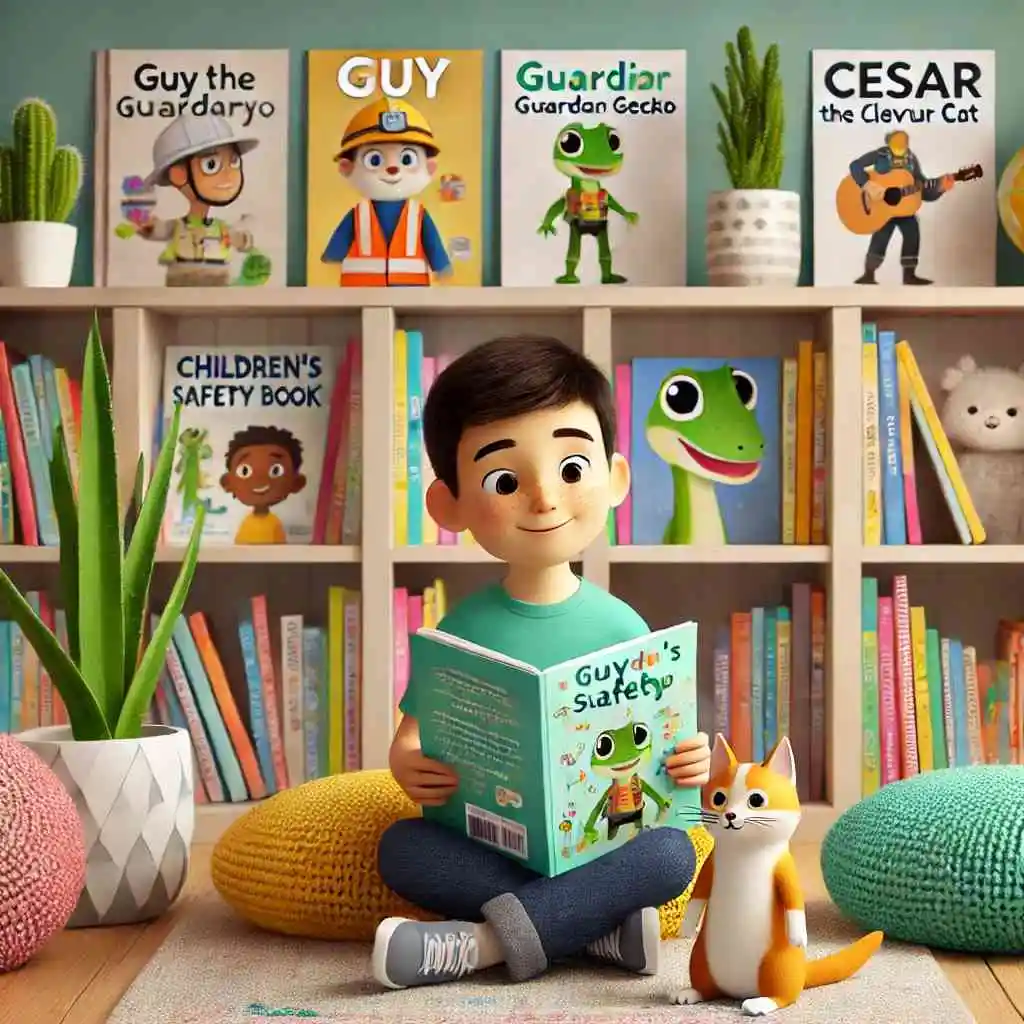
Creating a toolkit routine isn’t just about the child; it’s a family affair. Involving siblings, parents, and even grandparents can make the learning experience richer and more comprehensive. When everyone participates, it reinforces the importance of the lessons being taught and shows the child that safety is a priority for the whole family.
Consider assigning different family members roles in the toolkit activities. Maybe one person can read the story, another can lead a discussion, and someone else can oversee a related craft or game. This not only spreads the responsibility but also makes the sessions more dynamic. Plus, it’s a great way to bond and spend quality time together.
Encourage Reflection and Discussion
A vital part of any learning routine is reflection. After each toolkit session, take a few minutes to discuss what was learned. Ask open-ended questions like, “What did you learn from Guy’s adventure today?” or “How can we use Cesar’s tips in our daily lives?” Encouraging your child to think about and articulate what they’ve learned helps solidify these concepts in their mind.
You can also use this time to address any questions or concerns they might have. Children often have insightful questions that can lead to meaningful discussions. By fostering an open environment where they feel comfortable expressing themselves, you’re helping them develop critical thinking skills and a deeper understanding of safety issues.
Create a Progress Tracker
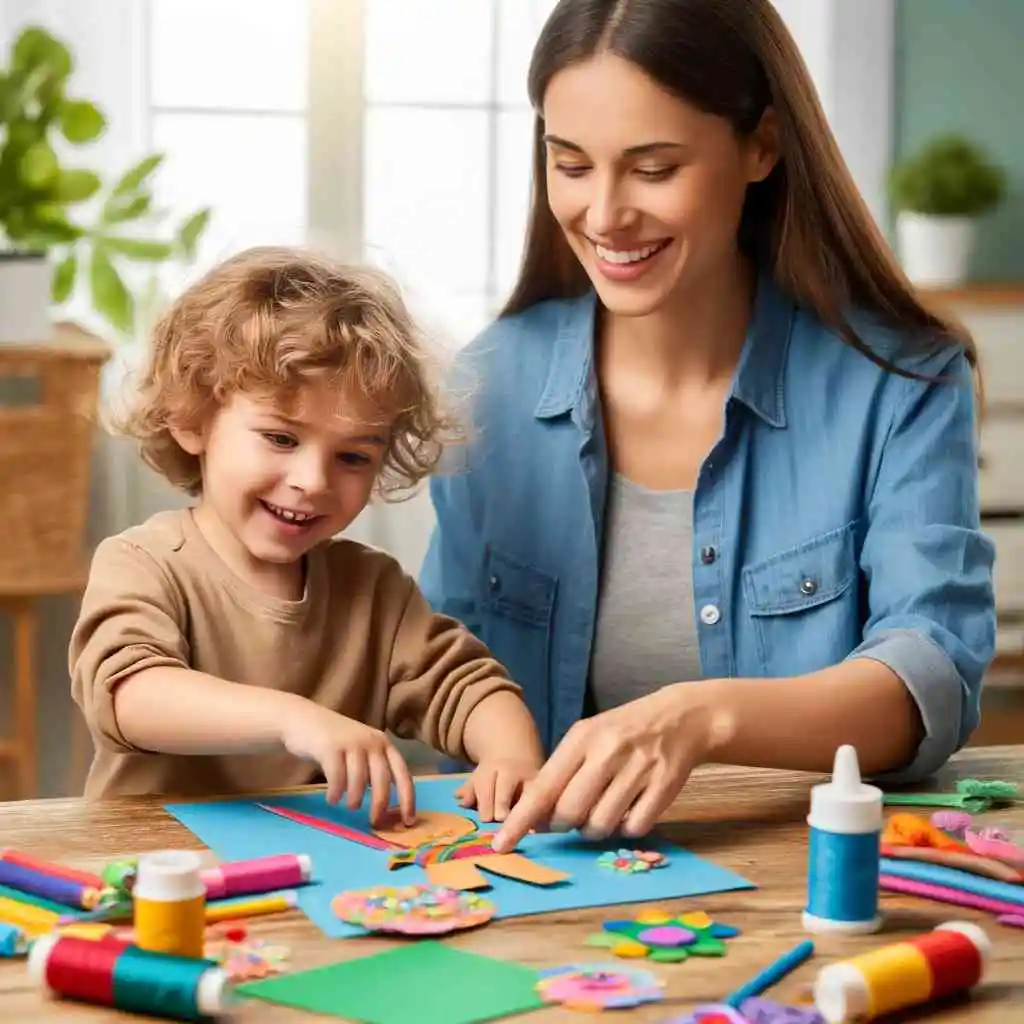
Children love seeing their progress, and a visual tracker can be a great motivational tool. You could create a simple chart where they can add a sticker or mark off each completed session. This not only gives them a sense of accomplishment but also visually reinforces the routine.
A progress tracker can also help you stay organized and ensure that you’re covering a range of topics over time. You might even include small rewards for milestones reached, like a special outing or an extra bedtime story. These incentives can keep the excitement high and encourage continued participation.
Flexibility is Key
While consistency is important, flexibility is equally crucial. Life can get busy, and there will be times when sticking to the schedule is challenging. That’s okay! The goal is to create a routine that’s sustainable in the long run. If you miss a session, don’t stress. Simply pick up where you left off next time.
Being flexible also means adapting the toolkit activities to suit your child’s changing interests and developmental needs. If a particular activity isn’t working, don’t be afraid to switch things up. The most important thing is that your child is engaged and learning in a way that’s enjoyable for them.
Celebrate Successes
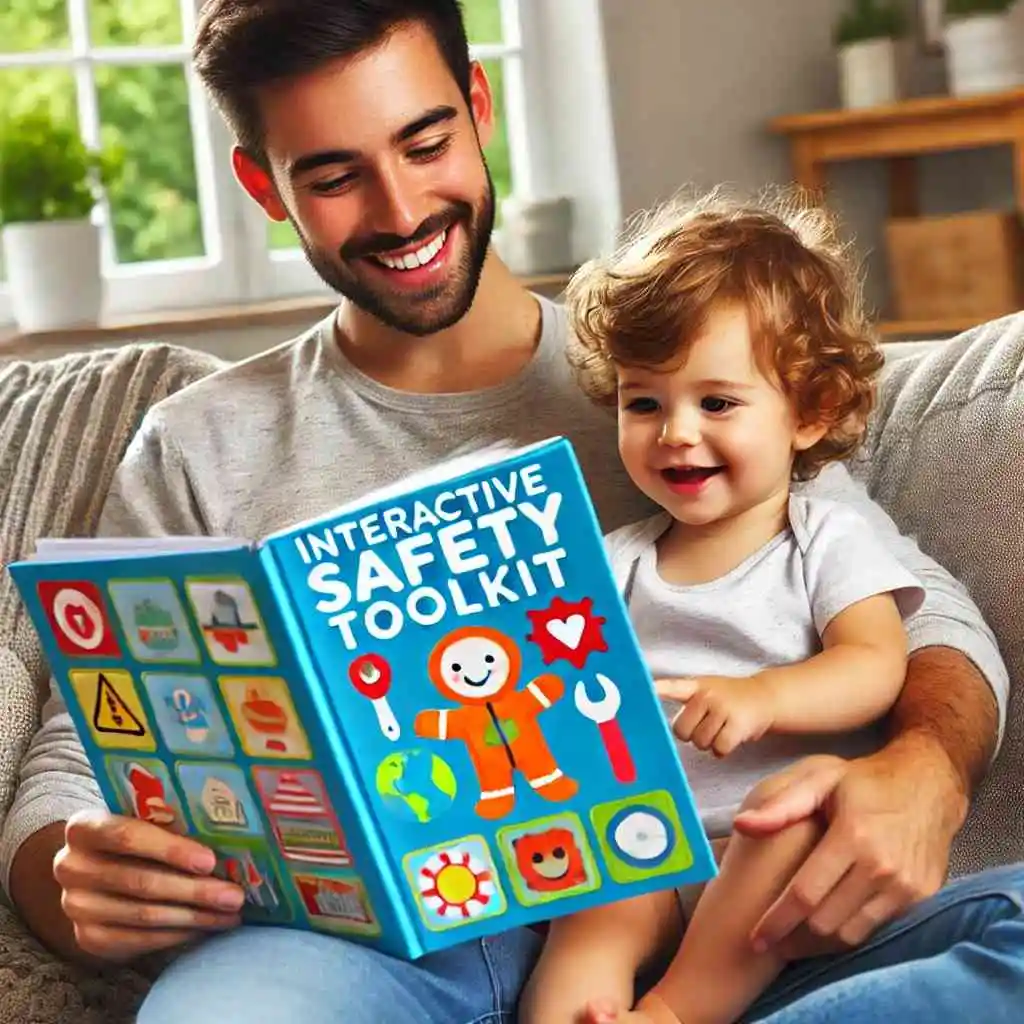
Finally, celebrate the successes, big and small. Whether it’s completing a month of toolkit activities or mastering a particular safety skill, take the time to acknowledge and celebrate these achievements. Positive reinforcement boosts your child’s confidence and enthusiasm for learning.
You can celebrate in many ways, from verbal praise to small rewards. Maybe have a special “Safety Superstar” ceremony at the end of each month, where you recognize your child’s efforts and progress. These celebrations can create lasting memories and a positive association with safety education.
Conclusion
Creating a toolkit routine doesn’t have to be a daunting task. With a bit of planning, creativity, and flexibility, you can turn safety education into a fun and engaging part of your child’s life. By setting a schedule, making activities interactive, involving the family, encouraging reflection, tracking progress, staying flexible, and celebrating successes, you’re setting the stage for lifelong learning and safety awareness. So grab your toolkits, gather your family, and embark on this exciting educational journey together!
Feedback from Parents and Educators
When it comes to interactive toolkits for child education, feedback from parents and educators is invaluable. You’ll find that their insights and experiences offer a treasure trove of tips and tricks to maximize the benefits of these learning aids. In this post, we’ll explore some of the common themes and standout suggestions shared by those who’ve used these toolkits with their children and students.
Real Stories from Real Parents
Parents are often the first to see the positive impact of interactive toolkits. One parent shared how her shy daughter became more confident in social settings after engaging with the toolkit’s role-playing exercises. “My daughter used to hide behind me in new situations. After using the role-play scenarios in the toolkit, she started approaching new kids at the playground. It was amazing to see her blossom,” she said.
Another parent highlighted the convenience of having a structured learning plan. “I love that the toolkits come with clear instructions and activities. It takes the guesswork out of teaching important safety lessons. We make it a part of our bedtime routine now, and it’s something we both look forward to,” he shared.
Educators’ Insights: What Works in the Classroom
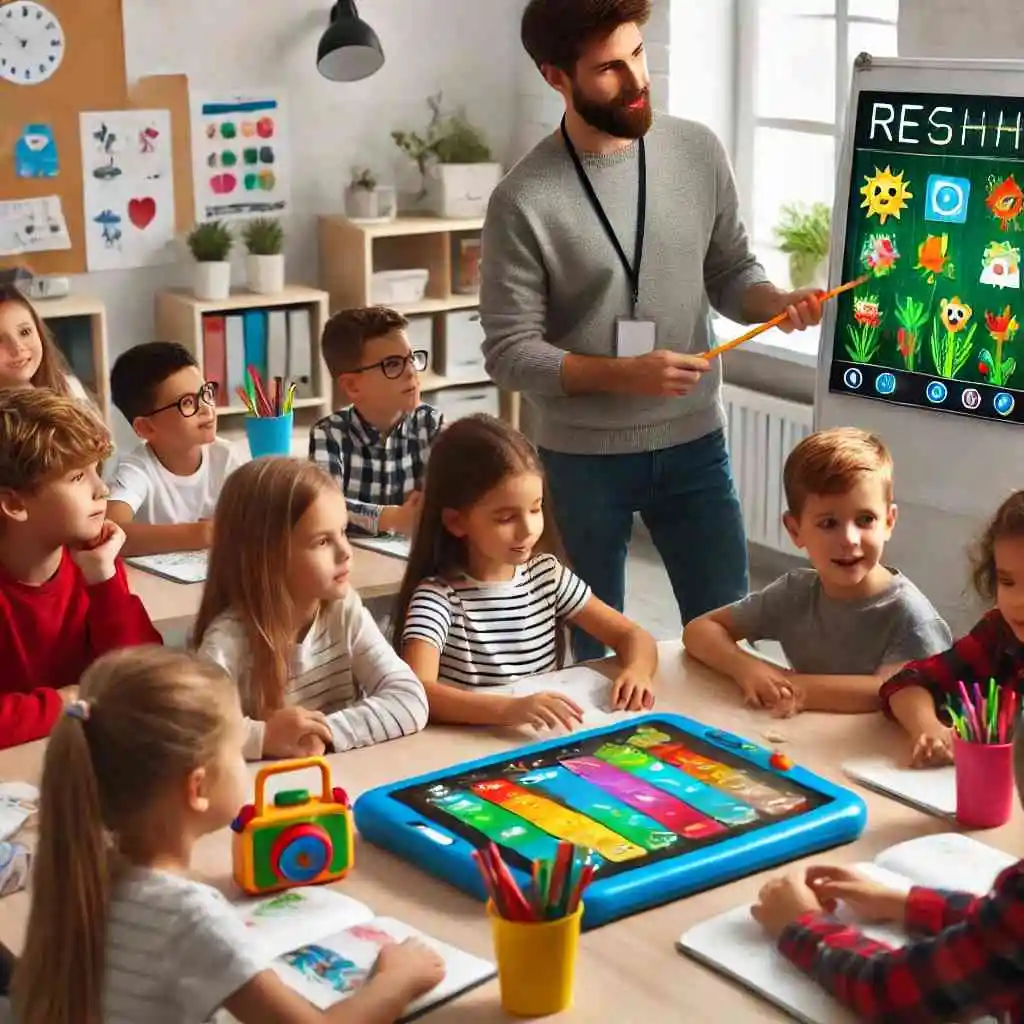
Teachers have also found these toolkits to be a game-changer in their classrooms. An elementary school teacher noted how the interactive nature of the toolkits kept her students engaged. “The kids absolutely love the hands-on activities. They remember the safety lessons much better when they’re involved in the learning process,” she explained.
One preschool educator appreciated the adaptability of the toolkits. “I can tailor the activities to fit different learning styles and developmental stages. Whether it’s through stories, games, or crafts, every child gets to learn in a way that’s meaningful to them,” she mentioned. This flexibility makes it easier for teachers to address the unique needs of each student.
The Unexpected Benefits: Beyond Safety Lessons
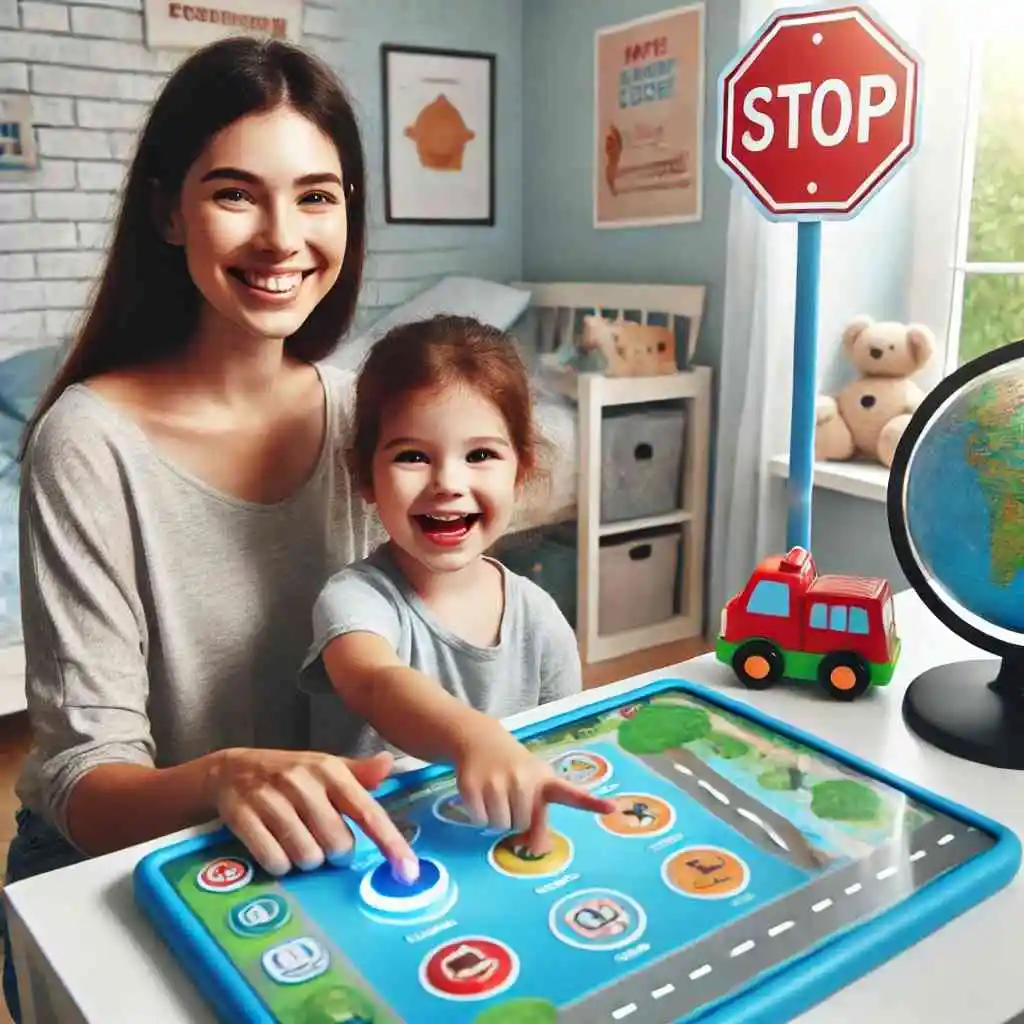
While the primary goal of these toolkits is to teach safety, parents and educators have noticed additional benefits. A father pointed out that the toolkits helped improve his son’s problem-solving skills. “The activities challenge my son to think critically and find solutions. It’s not just about safety; it’s about overall cognitive development,” he said.
Teachers have observed similar benefits in their students. “I’ve seen improvements in communication and teamwork skills. The group activities encourage students to work together and discuss their ideas,” one teacher remarked. These social skills are just as important as the safety lessons themselves, helping children grow into well-rounded individuals.
Tips for Maximizing the Impact
Based on feedback from parents and educators, here are some tips to get the most out of your interactive toolkits:
- Make it a Routine: Incorporate the toolkits into your daily or weekly schedule. Consistency helps reinforce the lessons and makes learning a natural part of your routine.
- Get Involved: Participate in the activities with your children or students. Your involvement not only makes the experience more enjoyable but also sets a positive example.
- Be Patient: Every child learns at their own pace. Give them the time they need to absorb the lessons and don’t rush through the activities.
- Adapt as Needed: Feel free to modify the activities to better suit your child’s or students’ interests and needs. The toolkits are designed to be flexible, so make them work for you.
- Celebrate Progress: Acknowledge and celebrate the small victories along the way. Positive reinforcement encourages children to keep learning and growing.
Building a Community of Learners
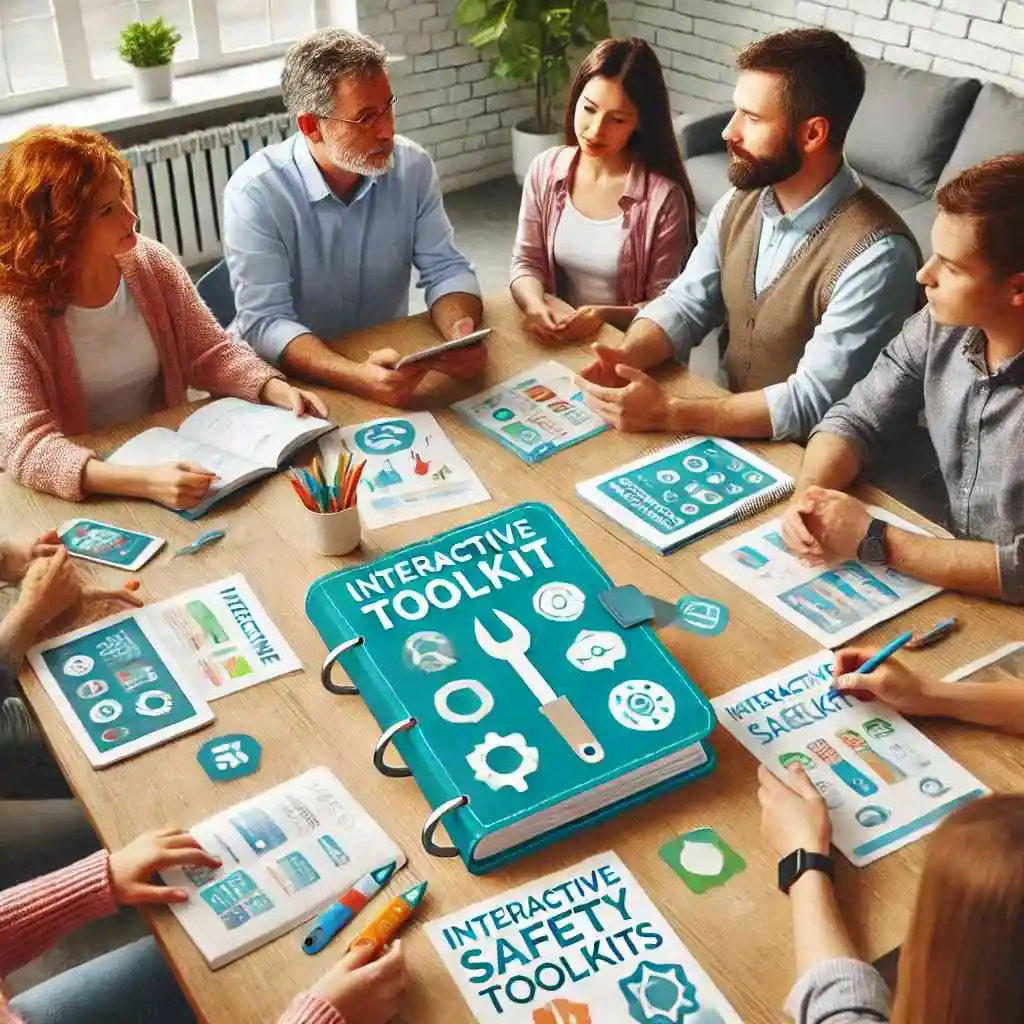
One of the most heartwarming pieces of feedback is the sense of community these toolkits help foster. Parents and teachers often share their experiences and tips with each other, creating a supportive network. “I joined an online group where parents share how they use the toolkits. It’s been so helpful to exchange ideas and see how others are making learning fun for their kids,” a mother shared.
Teachers have also found value in collaboration. “We have a weekly meeting where we discuss different teaching strategies. Sharing how we use the toolkits has been a great way to support each other and improve our teaching methods,” a teacher noted.
This community aspect not only enhances the learning experience but also provides valuable support for parents and educators. By working together, they can ensure that every child gets the most out of these interactive toolkits.
Conclusion: Embrace the Feedback
The positive feedback from parents and educators underscores the effectiveness of interactive toolkits in teaching safety and beyond. By incorporating their tips and insights, you can make the most of these valuable resources. Whether you’re a parent or a teacher, these toolkits offer a fun, engaging, and effective way to educate children on important topics while also fostering their overall development. So, embrace the feedback, get involved, and watch as your children or students thrive with these wonderful learning tools.
